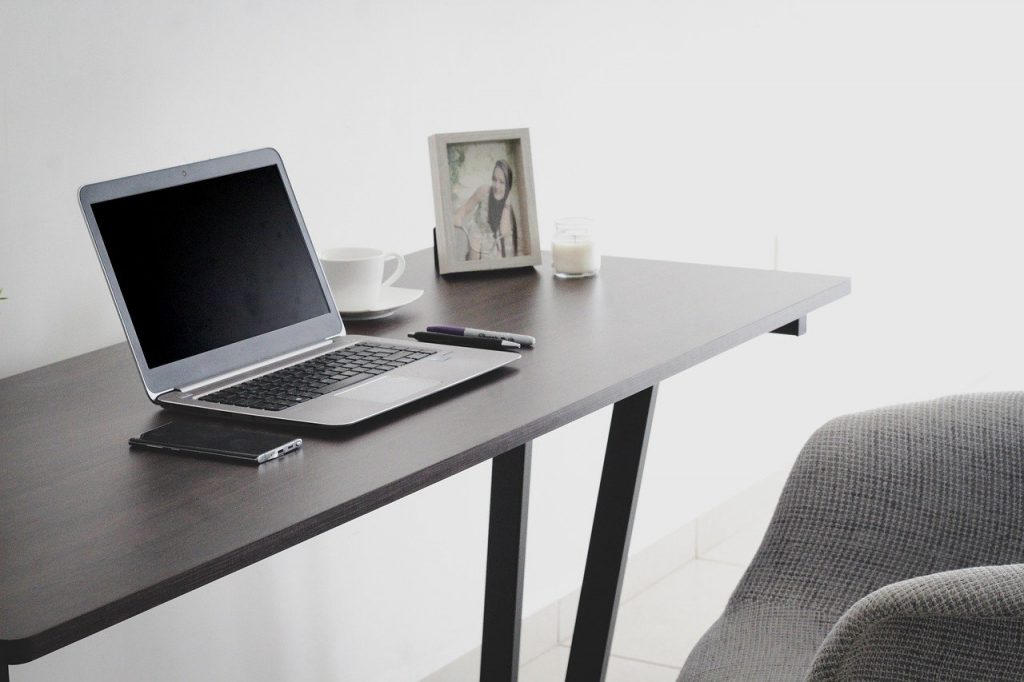Six months in after lockdown, people are starting to designate space for a home office as COVID-19 had pushed people into adapting to this new normal. At first, people felt alright working on the sofa at the comfort of their homes but then in time, they started to have strained back, their legs easily go numb, and neck pain didn’t go away at all.
As Carrie Bradshaw addressed this in the movie, Sex and the City, “From a good desk comes good writing,” here’s to choosing the right home office chair for your home-based workstation:
- Get the right height.
Ergonomically designed desk chairs aim, for one thing, protect the body from overall injury. Proper alignment of the spinal column should be considered at all times in which it adopts an S-shape at any position. So whatever you consider your “desk” right now, make sure that your keyboard and mouse are aligned in with the height at where the elbow is when you’re seated. To test if you are conforming to the appropriate height, sit at the desk then hold out your arms as naturally comfortable as possible. Then bend the elbows next like when you’re typing. Wherever your arms fall is the proper height for your work surface top. In adjusting or improvising your desk, use books and sturdy boxes when raising your work surface. If you need to lower it down, see how you can adjust your chair by sitting on pillows and some books too.
- It should complement your desk
Setting up an office at home could be easier if you have a real desk but because of the sudden demand for it and the unusual arrangement, some people may consider any flat surface a “desk” whether it’s the armrest of the sofa, a dining room table, or even a TV tray. Regardless of what kind of “desk” you have to deal with right now, make sure that it is not compromising your posture. So, if the height of your desk can be adjusted using books and sturdy boxes, apply the same principle to adjusting your chair. Your desk should fit your knees, feet, and thighs without any discomfort underneath. You shouldn’t be feeling any need to keep your legs pressed together just to fit and there should be no banging of the knees against anything including each other.

- Set your equipment ergonomically.
Laptops may be portable but since the monitor and the keyboard are attached, making true ergonomic placement of the whole thing seems almost impossible. Truthfully, working with laptops for a short time is alright but when all tasks had to be settled by a computer, it may require longer periods which can be truly compromising to the overall posture of a person. The same goes even if you use a desktop with a detached monitor, mouse, and keyboard. All the more when you are required to use more than one monitor.
Follow these simple notes in setting up your equipment ergonomically:
- As you look at the middle of the monitor, your eyes should look slightly down. If you notice that you keep on adjusting up and down, readjust the screen until you find the right height.
- Your computer’s setup, especially the monitor, should at least be an arm’s length away from you. This aids you to see the entire system.
- While some people find it comforting to use the monitor slightly tilted back at around 10-20 but if you wear bifocals, you have to tilt by 30-40 degrees to aid efficient utilization of the bifocal lenses.
- If you only use a single monitor, place it at the centre in front of you. Line them up side by side without a gap if you are using two screens equally then tilt them slightly favouring the centre. If you use one more than the other, position the less used one to the side. If three are to be used, the main monitor should occupy the centre while the other two should be set up on each side of the main monitor without a gap and slightly pointed in. Set up laptops the way you would a single monitor.
